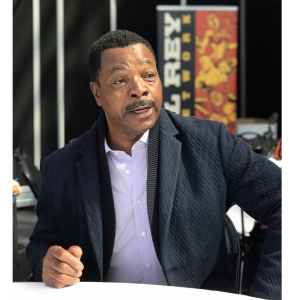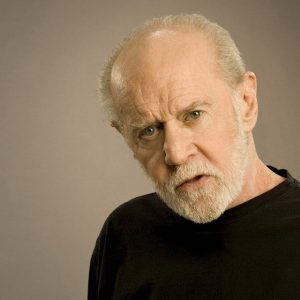 View Winners →
View Winners → Flowers placed on Hollywood Walk of Fame following Crosby death

Flowers were placed on the Hollywood Walk of Fame star of Crosby, Stills & Nash Friday, one day after the death of iconic rocker and rebel David Crosby was announced.
Crosby, who came of age musically in Los Angeles’ 1960s folk music scene and went on to co-found the Byrds and later Crosby, Stills & Nash, died at age 81, his wife announced Thursday.
The flowers, sponsored by the Hollywood Historic Trust, were placed on the CS&N star at 6666 Hollywood Blvd.
“It is with great sadness after a long illness, that our beloved David (Croz) Crosby has passed away,” Crosby’s wife said in a statement Thursday to Variety.
“He was lovingly surrounded by his wife and soulmate Jan and son Django. Although he is no longer here with us, his humanity and kind soul will continue to guide and inspire us. His legacy will continue to live on through his legendary music. Peace, love, and harmony to all who knew David and those he touched. We will miss him dearly. At this time, we respectfully and kindly ask for privacy as we grieve and try to deal with our profound loss. Thank you for the love and prayers.”
Crosby, a guitarist, singer and songwriter, was with the Byrds from 1964 to 1967. He originally performed with Jim McGuinn — later known as Roger McGuinn — and Gene Clark in a group known as Jet Set. They later added drummer Michael Clarke and bassist Chris Hillman and became the Byrds. The band made a name for itself in 1965 with a chart-topping cover of Bob Dylan’s “Mr. Tambourine Man.”
The group enjoyed more success over the next two years, with hit albums including “Fifth Dimension” and “Younger Than Yesterday.”
But Crosby’s often-brash personality and outspoken political views created tension in the group. The troubles peaked during the 1967 Monterey Pop Festival, where Crosby peppered a concert with his radical political views, then sat in with Buffalo Springfield for that band’s set, aggravating his Byrds compatriots.
He was tossed out of the band later that year after a series of disputes over song selection and the group’s musical direction.
But just months later, Crosby met up with Stephen Stills — formerly of Buffalo Springfield — and the pair later teamed up with Graham Nash. The trio’s first self-titled album was a smash hit. The following year, Neil Young was added to the band, and its first album “Deja Vu” reached No. 1 on the Billboard chart. Their follow-up live album “4 Way Street” also topped the charts.
The group sputtered, thanks in part to Crosby’s escalating drug use, which increased dramatically after his girlfriend, Christine Hinton, was killed in a 1970 car accident. The band members went their separate ways, and while they reunited for a concert tour in 1974, their efforts to reconcile their differences in the recording studio proved fruitless.
Despite his addiction issues, Crosby released his highly successful debut solo album “If I Could Only Remember My Name” in 1971.
Crosby’s drug problems led to a 1983 conviction in Texas, where he was caught in a nightclub with a drug pipe and handgun. He wound up serving five months in prison.
Crosby was a two-time inductee in the Rock and Roll Hall of Fame — as a member of both the Byrds and CSN&Y.







































































































